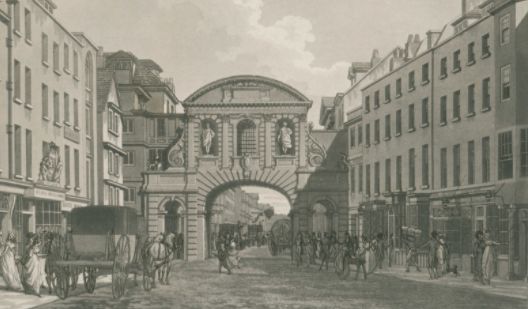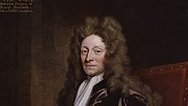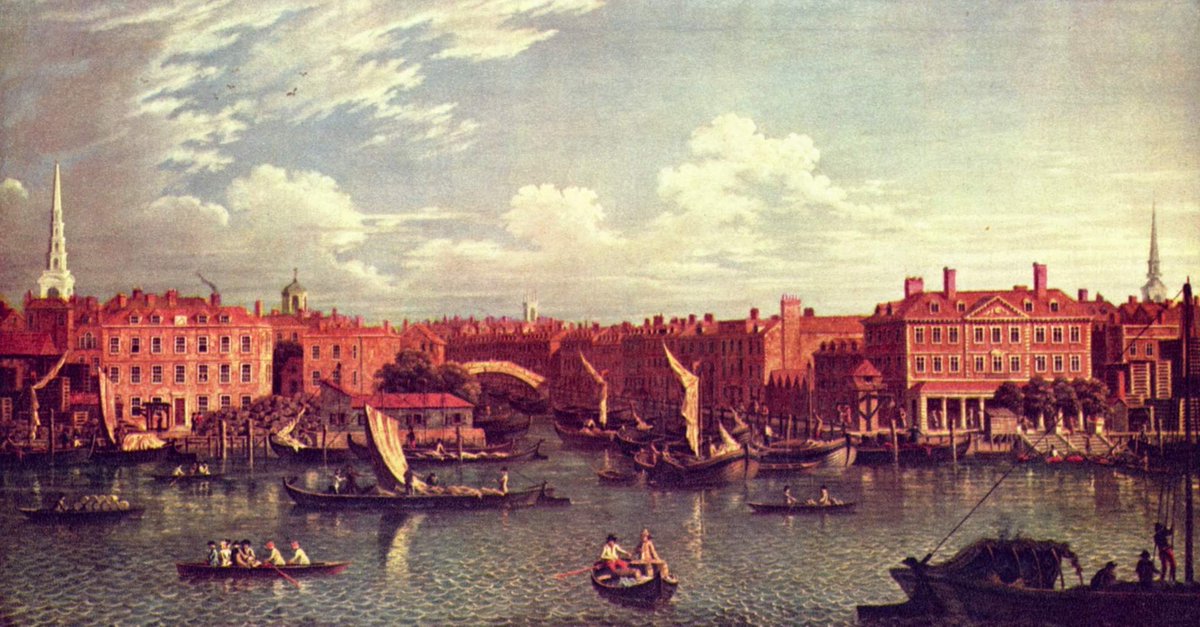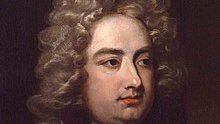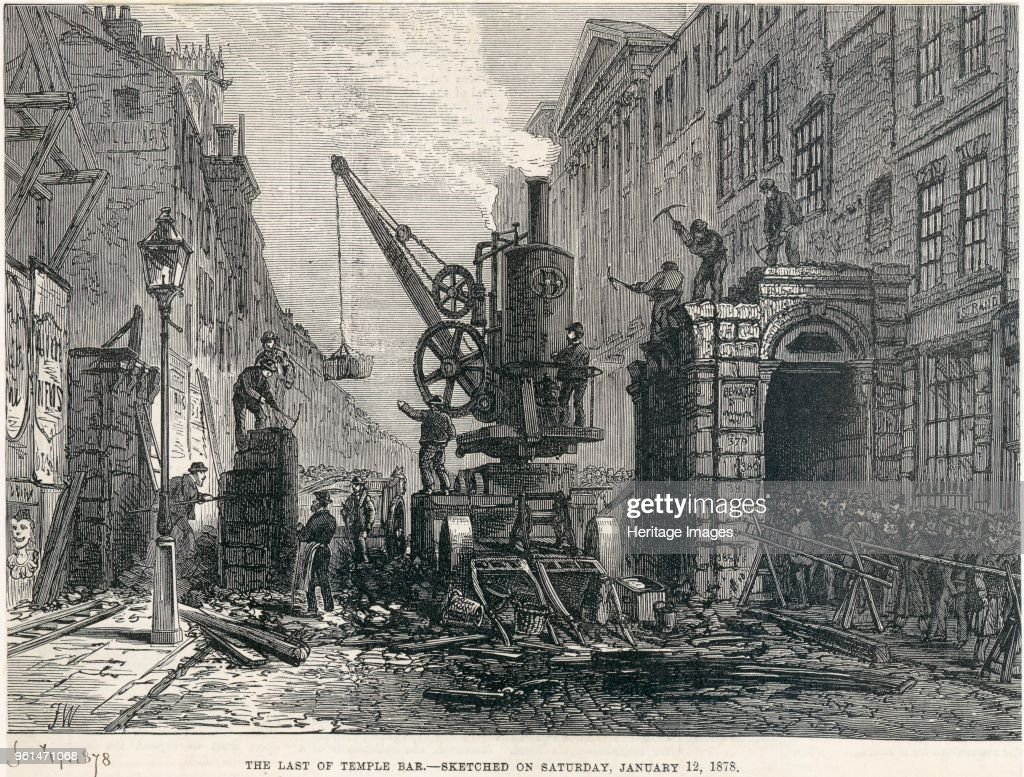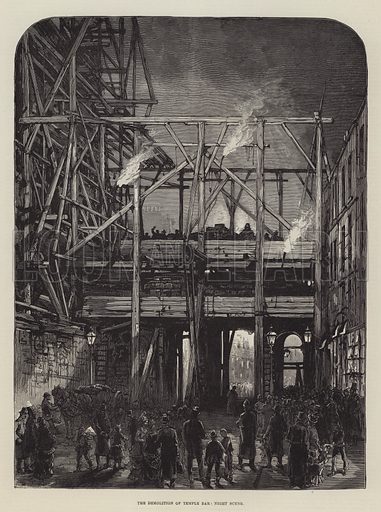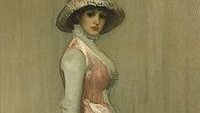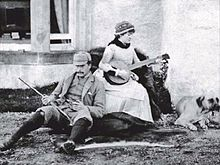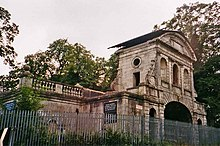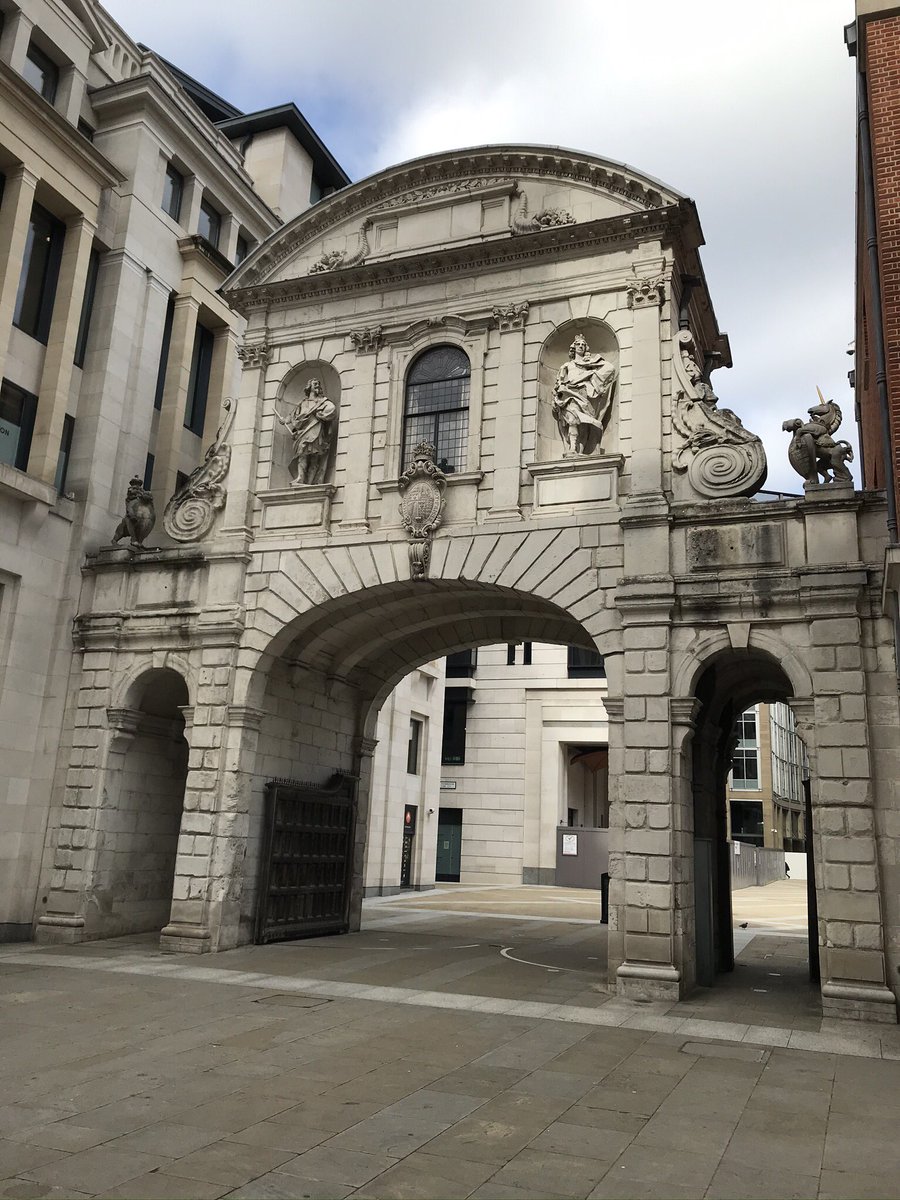Temple Bar, Fleet Street.
London historically was rather better managed than we give it credit for. With proper pavements since the 1760s (reportedly English & Scottish construction teams raced each other to see who could build more quickly) ...
London historically was rather better managed than we give it credit for. With proper pavements since the 1760s (reportedly English & Scottish construction teams raced each other to see who could build more quickly) ...
... protruding signs were also banned on Fleet Street between the 1st & 2nd images. They could be dangerous. For eg in December 1718, a Fleet Street signboard gave way, fell down &, bringing the house down with it, killed four people including the Queen’s jeweller.
... you get more of a sense here however in this Victorian image of the traffic jams Temple Bar caused.
In Bleak House, Charles Dickens described it as a "leaden-headed old obstruction, appropriate ornament for the threshold of a leaden-headed old corporation".
In Bleak House, Charles Dickens described it as a "leaden-headed old obstruction, appropriate ornament for the threshold of a leaden-headed old corporation".
The upper rooms were rented for storing files by the world& #39;s third oldest bank, Child & Co. The bank still exists at 1 Fleet Street though is now part of RBS
Temple Bar itself had been designed by Sir Christopher Wren at the same time as attempts were made to beautiful the Fleet Ditch down the road....
... despite Wren& #39;s work on the Fleet, lauded by this painting by Samuel Scott...
...Londoners kept throwing their offal into it. It bunged up, malodorous & unnavigable. Jonathan Swift described it:
‘Sweepings from butchers’ stalls, dung, guts & blood
Drown’d puppies, shaking sprats, all drenched in mud,
Dead cats, & turnip tops, come tumbling down the flood’
‘Sweepings from butchers’ stalls, dung, guts & blood
Drown’d puppies, shaking sprats, all drenched in mud,
Dead cats, & turnip tops, come tumbling down the flood’
The Fleet was therefore covered over north of Fleet Bridge & turned into a market in 1733 and south to the Thames in 1766.
Temple Bar lasted rather longer. In 1874 it was discovered that the keystones had dropped. The arches were propped up with timbers - seen here
Temple Bar lasted rather longer. In 1874 it was discovered that the keystones had dropped. The arches were propped up with timbers - seen here
It became the butt of jokes, "Why is Temple Bar like a lady& #39;s veil? Both must be raised for buses" It was also noted that one could walk through the adjoining barbershop where one door opened on to the City and the other in the area of Westminster.
In 1878 the City of London Corporation, wished to widen the road but was unwilling to destroy a Christopher Wren monument. Over 11 days Temple Bar was, dismantled stone by stone and the 2,700 pieces stored. But what to do next?
This marvellous woman to whom we should all be grateful came to the rescue: Valerie Susan, Lady Meux (pronounced "Mews"). She was an American former actress and barmaid, possibly prostitute, who had married the brewer Sir Henry Bruce Meux.
In 1887, at her request, Sir Henry bought the dismantled Temple Bar, transported it to his estate (Theobalds Park in Hertfordshire) & rebuilt it as a gateway. Here they both are. They entertained in the gateway& #39;s upper room. Guests included the Prince of Wales & Winston Churchill
Sadly Theobold& #39;s Park fell into institutional use during the C20th (Royal Artillery during the way, police riding school, school, adult education centre, conference centre & hotel). Temple Bar, though protected, was not looked after & fell into decay. Here it is in 1999.
But, heaven be praised,there’s a happy ending. Christopher Wren’s temple bar was dismantled a 2nd time, placed in 500 pallets & returned to London where it now provides an entrance to the new more humane Paternoster Square which has replaced the short-lived 1960s brutalist horror

 Read on Twitter
Read on Twitter
